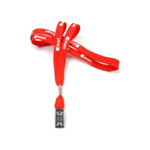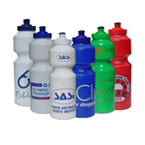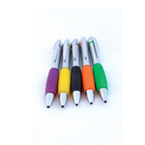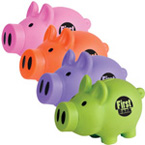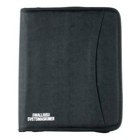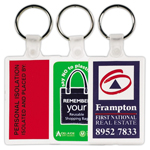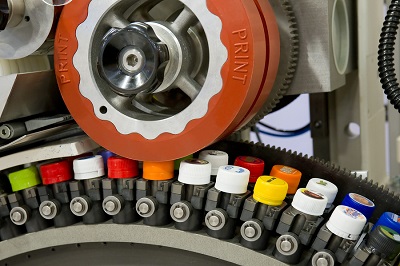 Promotional products can be personalized using a number of different methods, one of which is pad printing. This process is considered one of the most versatile printing processes; pad printing is most popular because of its ability to print on compound angles and three-dimensional objects. Pad printing is suited to small print areas and unusual shapes including round objects some with flexible surfaces like stress balls. With increasingly stylized and ergonomic printed pens and other promotional items on the market, pad printing is the obvious choice for a clear, defined image when it comes to quality printing.
Promotional products can be personalized using a number of different methods, one of which is pad printing. This process is considered one of the most versatile printing processes; pad printing is most popular because of its ability to print on compound angles and three-dimensional objects. Pad printing is suited to small print areas and unusual shapes including round objects some with flexible surfaces like stress balls. With increasingly stylized and ergonomic printed pens and other promotional items on the market, pad printing is the obvious choice for a clear, defined image when it comes to quality printing.
But what exactly is pad printing? Well this is an indirect offset printing process through which a two-dimensional image can be transferred to a three-dimensional surface. This method of printing is comprised of four components: a printing plate (generally made of steel); a silicone transfer pad; quick-drying, solvent-based ink; and a substrate. Here’s how it works:
1. A sealed, inverted ink cup covers the etched artwork area of the cliché, or printing plate, and fills the image with ink.
2. When the ink cup moves away, it takes all excess ink with it, exposing the ink-filled etched image. Once the top layer of ink is exposed to the air, it becomes sticky, enabling it to adhere to the transfer pad and, eventually, to the promotional item.
3. The transfer pad, generally made of flexible silicone, presses downward onto the cliché. This compression forces air outward causing the ink to transfer from the printing plate onto the pad.
4. As the silicone pad lifts away, it picks up the tacky ink film from inside the etching, leaving a small amount of ink behind.
5. The ink cup moves back into position over the etched artwork area, ready for the next cycle, as the transfer pad moves forward.
6. When the transfer pad presses down onto the promotional product, it transfers the sticky ink layer to the printing surface, then lifts off and moves back into position in preparation for the next sequence.
As you can well imagine, the printed promotional product industry is only one of many for which pad printing is highly suitable. The unique characteristics of silicone enable the pad to lift an image from a flat plane and imprint it on a variety of surfaces (e.g. convex, concave, spherical, cylindrical, and textured), making it adaptable to multiple applications. Consequently, pad printing is used to print graphics on matchbox toy cars, golf balls, sporting equipment, automotive parts, medical devices, television and computer components, and hard hats. With such a flexible method of printing, there’s no limit to where your marketing ideas can take you. As pad printing suits smaller promo items the most effective way to buy is in bulk. Contact your favored supplier for more details and costs.




